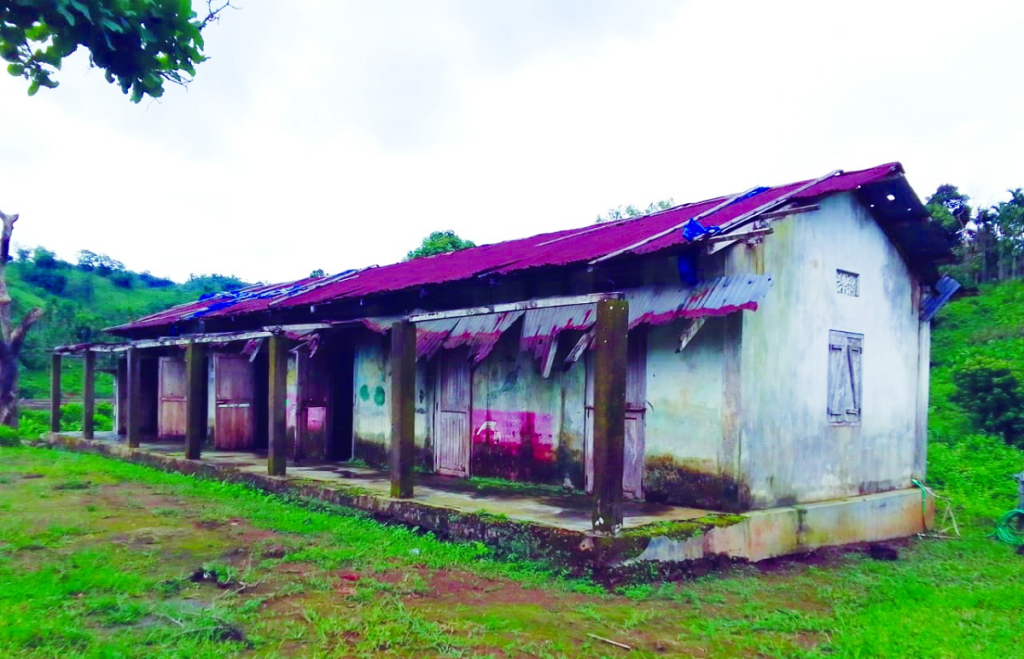
Education in the rural regions of the Garo Hills has posed significant challenges for numerous students, as nature continues to disrupt their learning environment and assistance remains absent. Many educational institutions suffer from deteriorating infrastructure, transforming the pursuit of education into a daily ordeal. In Mangsang, three additional schools are underscored, where the adversities encountered by both students and teachers are beyond comprehension.
Gimdil Government LP School exemplifies a dismal situation in Mangsang, where 50 students are confined to a single room, with one teacher responsible for instructing all six classes at once. The classroom is equipped with merely three benches, a blackboard, a cupboard, and lacks any other essential educational resources. The village primarily relies on local agriculture, with betel nut and pineapples being the predominant crops. Despite multiple requests for more classrooms and an additional teacher to aid in the education of the children, the school has yet to receive any support.
Mokura Balsri SSA LP School, which was once a flourishing institution with over 70 students, now teeters on the brink of collapse due to its deteriorating infrastructure. Currently, it accommodates only 10 students, supervised by two teachers who confront the daily adversities stemming from the school’s dilapidated state and the unpredictable elements of nature. The school comprises three rooms, none of which have a complete roof, with holes in the tin sheets and water accumulating on the very desks intended for student use.
Conversely, Badilpa Government LP School, located on the opposite side of Gimdil, serves 62 students and stands as the sole institution in the vicinity. The nearest LP school is situated at least 6 km away in either direction, leaving children with no alternative. A further examination revealed that the false ceiling has entirely deteriorated, and there are no windows or doors in any of the four available rooms.
Mangsang has a population exceeding 8,000, with children from Nursery to Class VIII constituting approximately 15-20% (around 1,600). Considering only these seven schools, over 400 children in this small community are currently enduring unimaginable difficulties in their quest for education.
